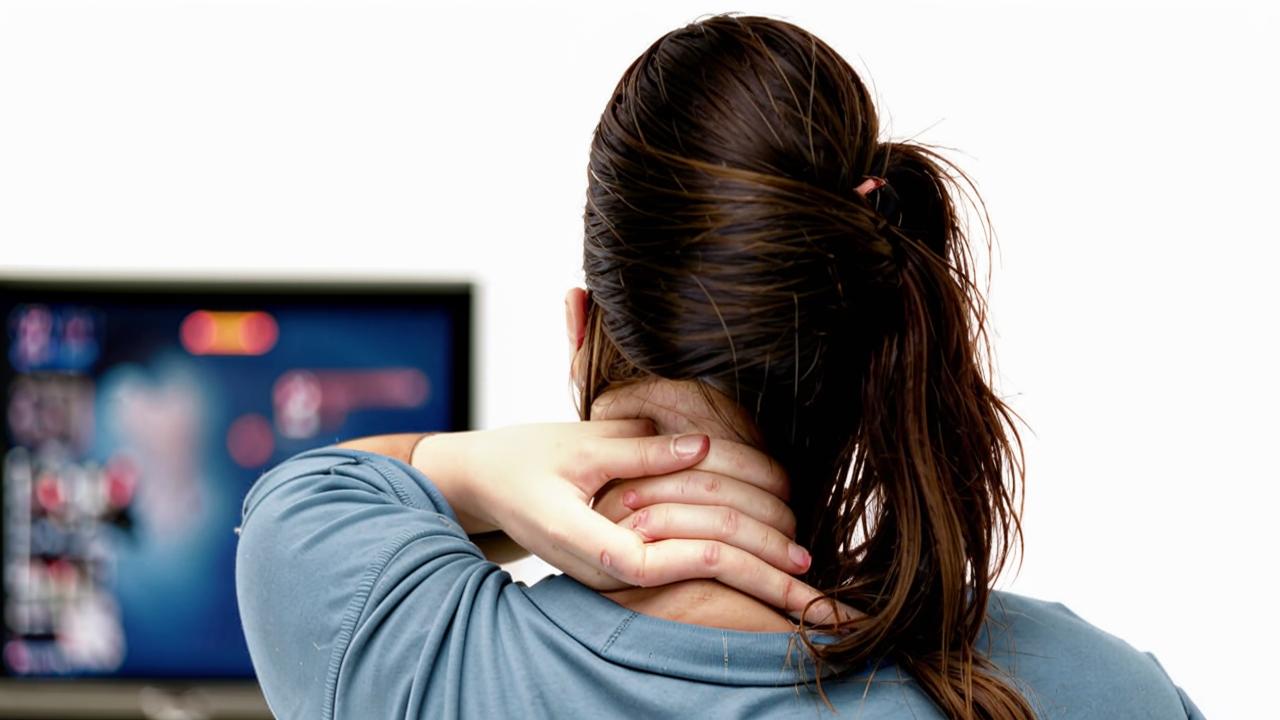Massage is considered one of the best ways to relax. The right procedure will help to disperse the blood, stretch the muscles and relieve general tension in the body. Unfortunately, there is not always enough time to visit special salons. However, do not rush to give up this idea. There are several techniques of self-massage, which will help you relax no worse. What are the benefits and features of such a procedure and how to perform it correctly, we understand together with doctors.
How effective is self-massage and what are its benefits?
In terms of effectiveness, self-massage cannot fully replace the procedure performed by a professional. However, says Sergei Lvov, a medical rehabilitation doctor at the European Medical Center, if certain techniques are followed, self-massage will be useful. It will reduce muscle spasm and locally improve blood flow, which, in turn, can reduce the level of pain and the feeling of tension, especially in the cervical region.

Certain types of self-massage – for example, myofascial release – are not inferior in effectiveness to professional services, says the doctor for physical therapy and sports medicine at the European Medical Center Ilya Mikhalenko. In this case, the exception are those areas that you technically and anatomically can not reach on your own.
What contraindications does self-massage have?
Self-massage will be particularly useful for those who experience pain, muscle tension, have a sedentary lifestyle or are under great stress.
However, as with classical procedures, there are a number of contraindications.
Sergei: This is a violation of skin integrity in the area of massage, inflammatory reactions, enlarged lymph nodes, high blood pressure, as well as elevated body temperature.
How to do self-massage correctly?
Ideally, self-massage should be preceded by a hot shower, notes the expert. This will warm up the body area, dilate the vessels and prepare the muscles, which will significantly increase the effectiveness of the procedure.

There are several basic types of massage that you can perform on your own.
With jars
Jar massage is often used to fight cellulite. Many people are familiar with this procedure from childhood – when during illness, mom or grandma put jars on the back.
Today, in addition to the usual glass jars there are other variations: rubber and silicone. With their help, the procedure can be carried out at home.
Brush
Massage with a dry brush is also known as brushing. It is believed that it helps to get rid of dead skin and cellulite, improves blood circulation, removes toxins and even helps to improve digestion. It is important to choose a brush with the right bristles and a comfortable handle. And it is recommended to do this massage not after water procedures, but before.

Mitten
For this you will need a special massage mitten. They are made of different materials and different degrees of rigidity. For example, from rubber are more rigid mittens, and from fabric – softer. Everyone can choose an accessory according to their goals and level of sensitivity.
Tennis ball and roll
One of the most common techniques of self-massage – myofascial release with the help of a ball (special or tennis ball) and a roll, says doctor Ilya Mikhalenko.
This technique consists of the following.
1. A person places the ball or roll on a rigid surface, such as the floor or wall.
2. Leans against the ball or roll with the area he wants to work.
3. Using his or her own body weight, the person performs smooth, slow movements in the area where discomfort or pain is felt. The direction can be both along and across the muscle fiber, but you should avoid areas where bones and joints are noticeably protruding. Only soft tissues should be worked through.

The duration of such a massage should be about a minute for each area. During myofascial release, there may be painful sensations, which is completely normal, warns the doctor. With time, the discomfort will pass.
By hand
Manual self-massage is often used on the cervical-collar zone. It is especially relevant in office work, when it is these muscles are in greater tension. Moreover, says doctor Sergei Lvov, such a prolonged load contributes to the spread of the feeling of stiffness and spasms to other parts of the body, as well as the emergence of the so-called “tension headache”. That is why it is very important to work through the spasmed muscles in time.

When independently massaging the cervical-collar zone, you should keep in mind a few rules.
1. It is worth simultaneously massaging the neck, upper arms and the upper parts of the shoulder blades.
2. Movements should be directed from top to bottom from the hairline.
3. If possible, the massage should be performed synchronously with both hands.
What are the basic movements to use in self-massage?
The following techniques are applicable for many parts of the body, for example, for the legs, in which muscles accumulate tension at the end of the working day.
- Intensive stroking of the back of the neck with the palms of the hands or the bases of the thumbs.
- Circular movements – rubbing with the pads of the fingers.
- Pinch grips.
- Rubbing from the center to the sides.
- Light patting.
- Soft strokes.
An excellent end to any self-massage will be a hot bath or shower, which will maximize muscle relaxation.
Self-massage can not replace a full-fledged massage, which is performed by a professional. For more serious problems, it is better to consult a qualified specialist.





